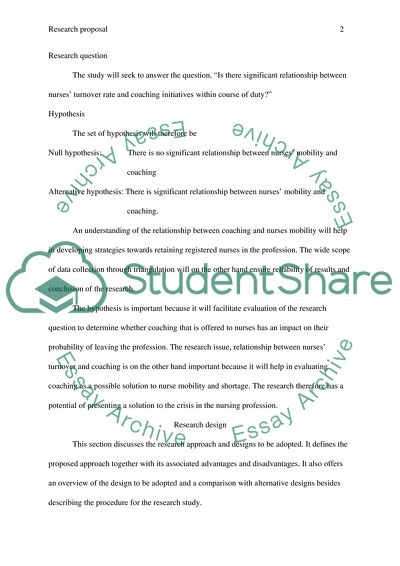A Research Proposal on: The Effects of Coaching on Nurse Turnover Paper. https://studentshare.org/nursing/1775337-the-effects-of-coaching-on-nurse-turnover
A Research Proposal On: The Effects of Coaching on Nurse Turnover Paper. https://studentshare.org/nursing/1775337-the-effects-of-coaching-on-nurse-turnover.


